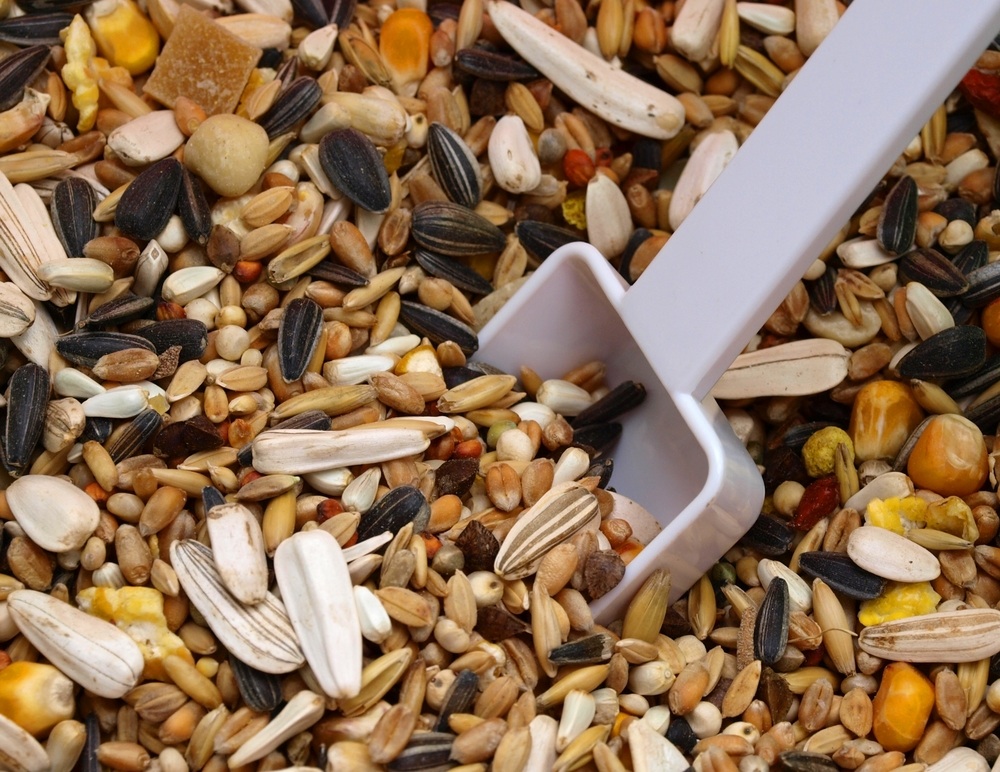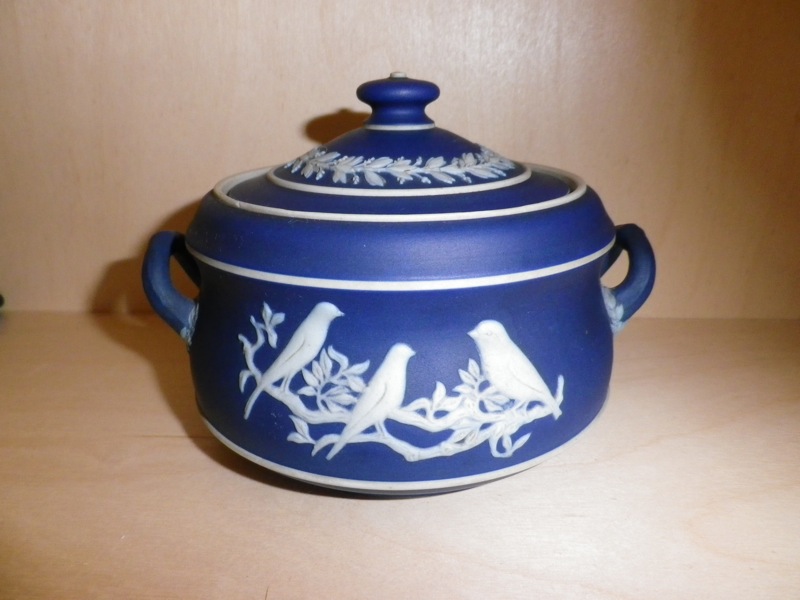Wedgwood and bird food

We take clean bird seed and an expanding range of carefully formulated bird foods for granted today, but it was not always the case. This trend towards improved nutrition started with a pharmacist called Francis Capern in 1879. A bird-keeper himself, Capern realised that the seed available at the time was often very dirty, and it was harming birds' health as a result.
He therefore set out to produce clean seed and started to sell it locally from his shop at Weston-super-Mare in Somerset, in the south-west of England. Before long, demand had grown to such an extent that he moved to larger premises in Bristol.
Aside from seed, the company also pioneered the development of softfood, offering specialist diets such as Capern's Seed & Fruit Mixture with Egg-flakes, and others for blackbirds, thrushes and larks. Capern used his knowledge as a pharmacist to create some early avian remedies too, and at its peak, there were around fifty different bird-keeping products available.
Expansion

During the 1920s, the Caperns Bird Food Company started to promote itself in a very dynamic way, releasing various coloured postcards featuring popular aviary birds, and even produced special glass feeders embossed with their company's name. Caperns began to expand into the American market, becoming a truly international bird food business.
Wedgwood jasper wareBy the early 1930s however, money was in short supply because of the Great Depression. So the company conceived a new promotion whose origins and appeal could be traced back to the earliest days of the bird fancy. The cost of a good canary could easily exceed a working man's weekly wage, and it was partly for this reason that a tradition of providing valuable prizes for the home had arisen in Victorian times - as a means of reassuring wives that money spent wisely on stock was not being wasted!
Caperns therefore decided to commission the famous firm of Josiah Wedgwood & Sons Ltd to produce a highly desirable and unique tea service in their famous blue jasper ware style, which could be given to show winners. It features the silhouettes of what would appear to be Yorkshire, Lizard and Norwich Fancy canaries. Most but not all of these pieces are also stamped with “Caperns. Ltd Bristol” on their base, and were manufactured by Wedgwood between 1930 and 1934, at their Etruria factory in Staffordshire.
Unfortunately though, there are now no records of how many of these pieces were produced for Caperns. What is known is that there were cups, plates and saucers, as well as small trays, plus matching teapots, sugar bowls and cream jugs, according to Lynn Miller, the Wedgwood Museum's information officer.
Modern connections
The headquarters of the House of Caperns, as the firm became known, was a large former sugar warehouse in Lewin's Mead, in the historic centre of Bristol. Caperns remained there right up until 1956, after which it moved to nearby Yatton, although the business itself had been sold to dog food producers Spratt's in 1934, which may explain the end of the connection with Wedgwood then.
But if you live in Bristol or visit there, you can still see Capern's lasting impact on the architecture in the city. His former premises were transformed at the turn of the millennium, after years of dereliction, into the Hotel du Vin. Above the doorway there is the very distinctive hood that Capern added in 1922, seeking to gentrify his premises from a humble warehouse.
Meanwhile, the Caperns brand today is owned by another well-known business in the annals of the British pet care industry - Bob Martin. This company was set up in 1892, and still carries the name of its founder as well.